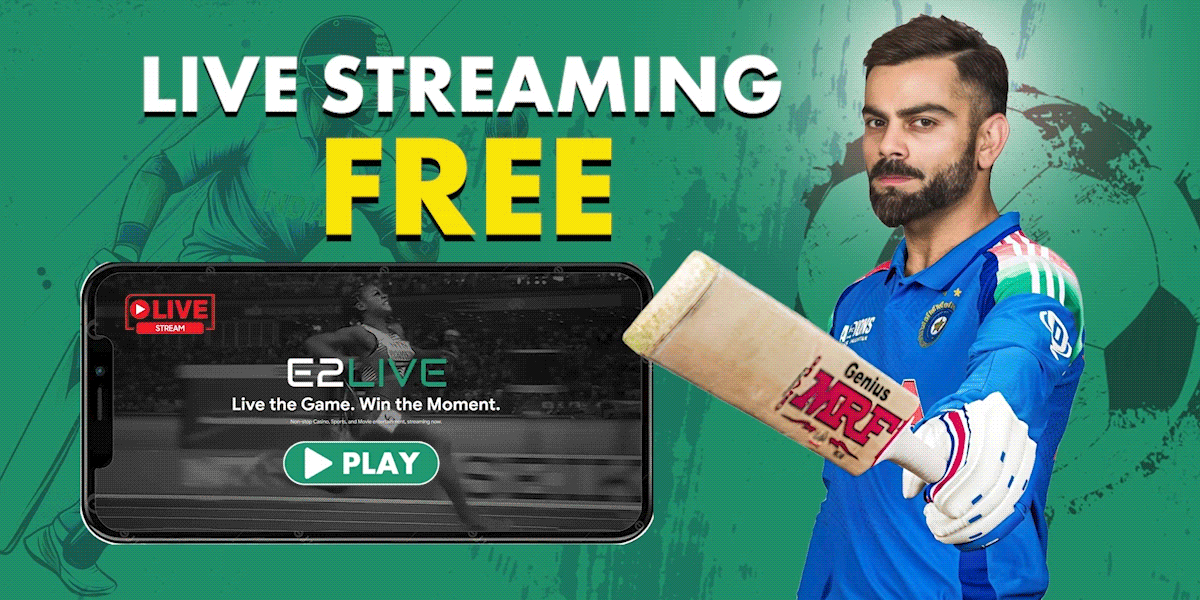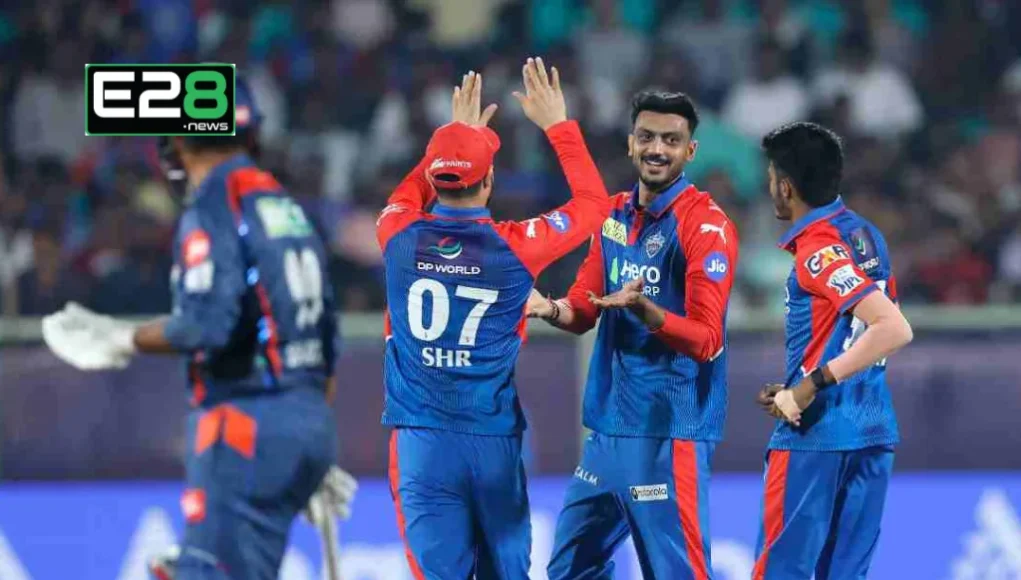The IPL 2025 season has seen some amazing batting performances, where several batsmen have put immense pressure on the opposition. However, amidst these thrilling performances, there has been a noticeable change — umpires checking bats on the field. This new development has caught many cricket fans by surprise, especially since bat inspections were traditionally done in the dressing room.
This process, known as the Gauge Test, is now being conducted in the middle of the game, and it aims to ensure that no player takes an unfair advantage by using bats that exceed the allowed specifications.
Why Are Umpires Checking Bats During IPL 2025?
During the Kolkata Knight Riders (KKR) vs Punjab Kings (PBKS) match on April 15, umpires checked the bats of Sunil Narine, Anrich Norkhia, and Andre Russell. Surprisingly, all three bats failed the bat gauge test and were asked to change their bats. This is part of an effort by the BCCI to maintain fairness in the game by ensuring that no player uses bats that are either too heavy or too wide, which could provide an unfair advantage over the opposition.
In previous matches, bats belonging to other players like Phil Salt and Hardik Pandya have also been inspected. These checks are now a regular part of IPL 2025, and the goal is to uphold the integrity of the tournament and prevent any potential misuse of oversized bats.
BCCI’s Stance on Bat Checking in IPL 2025
According to BCCI Secretary Arun Dhumal, this initiative is meant to ensure that no player benefits from using a bigger or heavier bat than allowed by the IPL regulations.
“No one should feel that someone has got an unfair advantage,”
he said, highlighting the importance of fairness in IPL 2025.
“We have used maximum technology to ensure that all decisions can be reviewed, ensuring that the spirit of the game remains intact.”
This reflects the BCCI’s commitment to maintaining the fair play aspect in the tournament and preventing any manipulation of equipment.
What Does the Bat Gauge Test Rule Say?
As per IPL regulations, a bat must adhere to specific measurements. The width of the bat is limited to 4.25 inches (10.8 cm), the maximum depth can’t exceed 2.64 inches (6.7 cm), and the edges of the bat must not be thicker than 1.56 inches (4.0 cm). Additionally, the handle must not make up more than 52% of the total bat length. There are also restrictions on the thickness of the covering material, which should not exceed 0.04 inches (0.1 cm), and toe protection that cannot be thicker than 0.12 inches (0.3 cm).
To ensure these regulations are followed, the bats must pass through an official bat gauge, which is now being checked by umpires during the game. In fact, the fourth umpire checks the bats of the two opening batsmen before they enter the field, and the field umpires are responsible for cross-checking every other batsman’s bat.
Why This New Procedure Is Necessary for Fair Play
Previously, bat checks were conducted in the dressing room before the match, but this process left room for players to switch bats after the initial inspection. This loophole was addressed after some players were found using different bats on subsequent days. The introduction of on-field bat checking ensures that the equipment is compliant with the rules throughout the match.
The BCCI’s focus on fair play is further underscored by the initiative to avoid unfair influence on the games. The Gauge Test serves as an essential tool to ensure that IPL 2025 remains a level playing field for all players and teams.
Also Read: Rohit Sharma had an argument with Gautam Gambhir and Ajit Agarkar

















